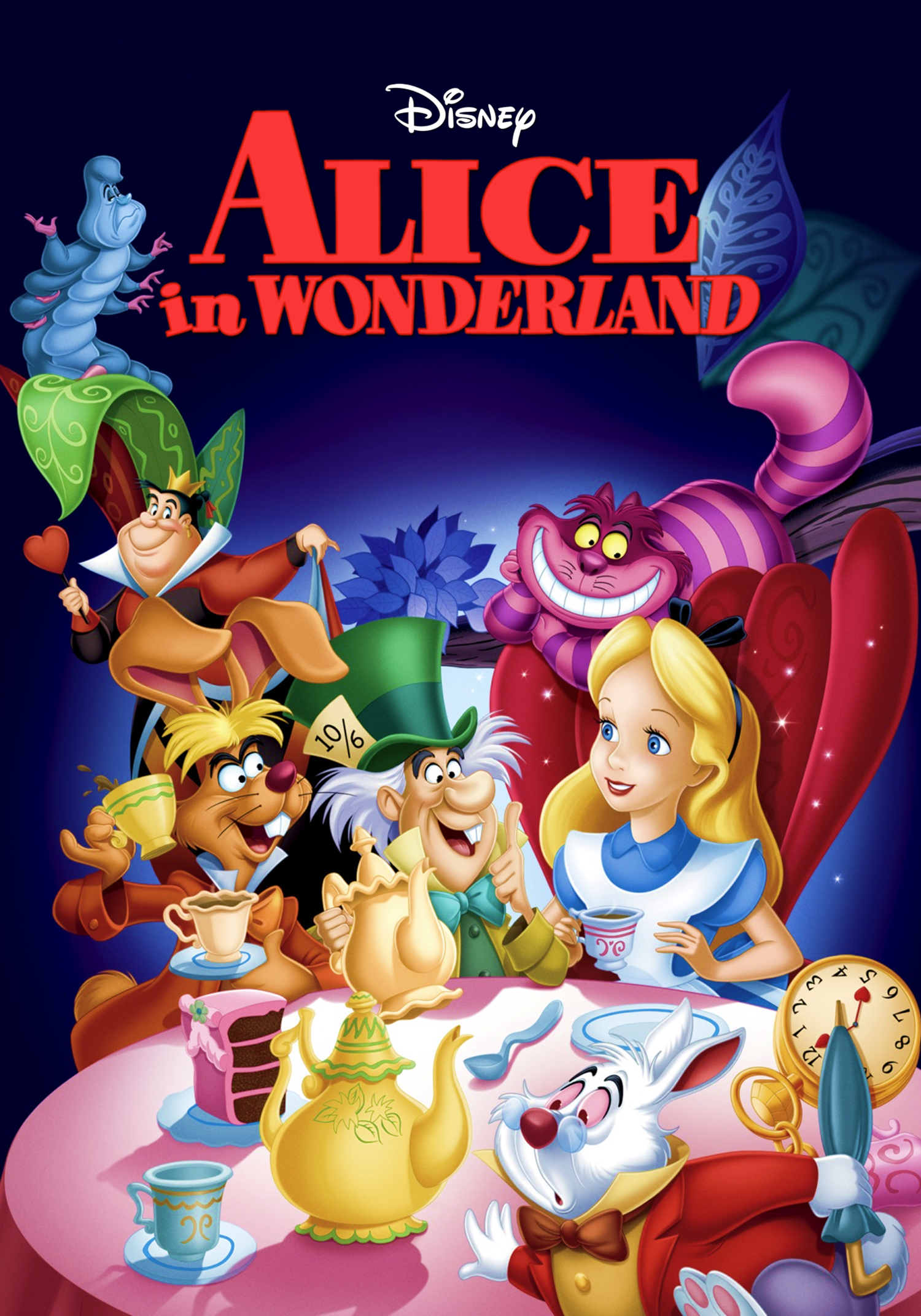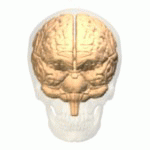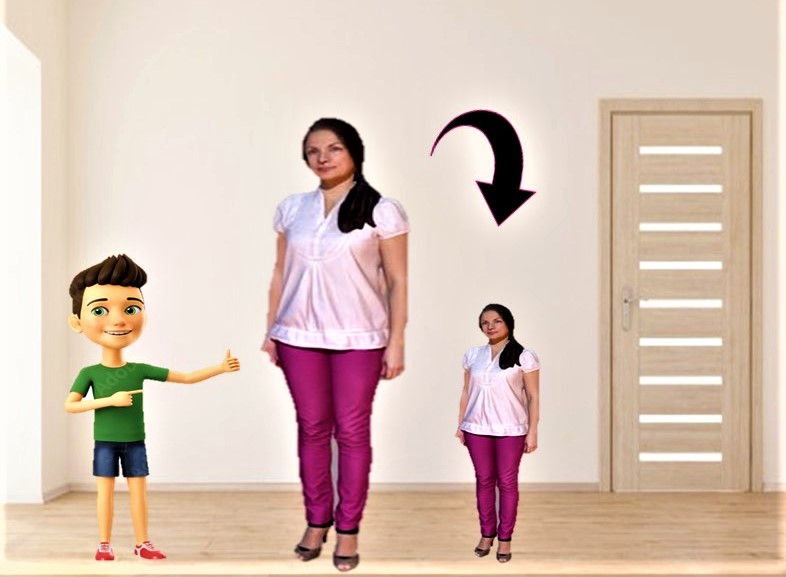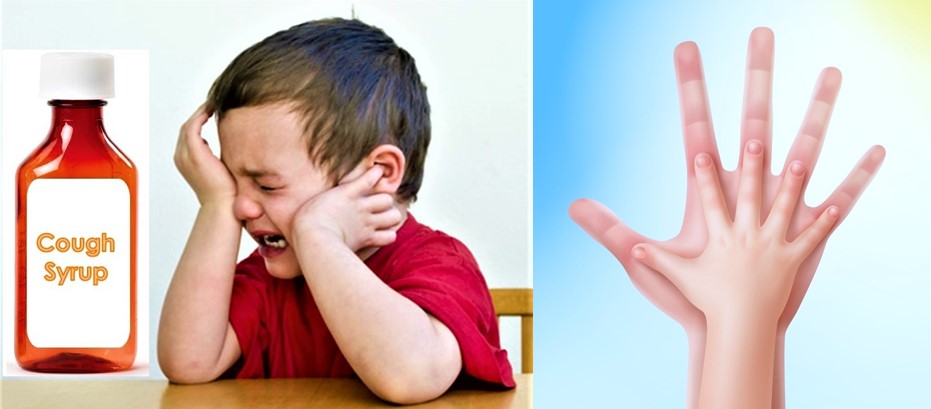
Click here to read this article in Marathi: अॅलिस इन वंडरलँड सिंड्रोम
In this article, I am going to tell you two stories of my patients who experienced a very rare but interesting medical condition, known as Alice in Wonderland Syndrome. To understand the stories, you need to have some basic information about the book or movie named Alice in Wonderland. Once you know how this medical condition got that fancy name from the book/movie, it will be easier for you to relate to my pediatric patients’ experiences. I will include some information about the book/movie for those who are not familiar with it. I will then mention how the medical fraternity identified the medical condition where patients experience similar symptoms mentioned in the book and used the name for the condition.
Alice in Wonderland is an English children’s novel by Lewis Carroll written in 1865. A young girl named Alice, falls through a rabbit hole into a wonderland, a fantasy world. There she meets some strange creatures. All the creatures are in different sizes and shapes than their original ones and they perform human actions. In the story, she finds a bottle marked “DRINK ME” and after drinking it, she shrinks down to 10 inches. Later in the story, she discovers a cake marked “EAT ME” which causes her to grow so large that she almost touches the ceiling. During her stay in wonderland, Alice experiences different visual distortions, out of body experiences, along with bodily changes (body size either too large or too small than original). This book became one of the most popular English fiction books. Based on this novel, children’s television shows as well as animated films came out and they became popular too.

In 1955, Dr. John Todd, a British psychiatrist discovered that several of his patients experienced severe headaches causing them to see and perceive objects either too small, too large, or had altered sense of time and distorted body shapes. Based on Carroll’s diary, it was speculated that Carroll used his own migraine experiences as a source of inspiration for the character of Alice in his book Alice in wonderland. Later on, this condition was named Alice in Wonderland Syndrome (AIWS).
 AIWS can be seen in many conditions including migraine, some drugs, brain infections, brain tumors, mushroom poisoning, head trauma and epilepsy (seizure disorder). It is caused by abnormal amounts of electrical activity resulting in abnormal blood flow in the parts of the brain (as shown in the picture 👆) that process visual perception. It is not harmful. The perceptions are neither hallucinations (seeing/hearing something that is not there) nor illusions (objects mistakenly judged to be something else). Visual distortions are twisted or altered perceptions of the things experienced by the person.
AIWS can be seen in many conditions including migraine, some drugs, brain infections, brain tumors, mushroom poisoning, head trauma and epilepsy (seizure disorder). It is caused by abnormal amounts of electrical activity resulting in abnormal blood flow in the parts of the brain (as shown in the picture 👆) that process visual perception. It is not harmful. The perceptions are neither hallucinations (seeing/hearing something that is not there) nor illusions (objects mistakenly judged to be something else). Visual distortions are twisted or altered perceptions of the things experienced by the person.
I hope now you have an idea about this neurological condition and symptoms. So, are you ready? Let’s go…
Kunal’s story:

Kunal, a seven-year-old boy, came to my clinic for the treatment of frequent headaches. He came with his parents and three-year-old brother. He was experiencing multiple headaches for a few months. He did not show any response to over the counter medicines, so his pediatrician referred him to me. While asking for more details about his headaches, I came across something very interesting. He was experiencing some weird feelings before headache onset. Before the headache starts, he would question his mother why she became small (in size), as small as his three-year-old brother. He was experiencing an aura where things looked smaller than their original size. Usually it lasts for a few minutes. His mother thought that he was kidding! But he wasn’t. He was experiencing a neurological condition called Alice in Wonderland Syndrome, where people experience distorted visual perceptions. Objects appear either larger than usual or smaller than normal; farther than they are or closer than they are. In his case, it was associated with his migraine headaches. I treated his migraines and all his symptoms resolved completely in a few months.
Jordan’s story:

Jordan was my six year old patient. I was treating him for another neurological condition. One day I got a phone call from his mother. She was very concerned as Jordan had recently started experiencing some weird things. HIs mother told me that he had been waking up after a few hours from sleep and screaming after looking at his hands. He would cry because he said his hands were small and shrunken. His mother kept on assuring him that there was nothing wrong with his hands, that they were fine, but it did not help him. After crying for 20-30 minutes, he would go back to sleep. The same event happened on three consecutive nights. I asked his mother if he had any head injury, fever or took any medications or supplements? She told me that he had a cold and cough, so she gave him cough syrup at bedtime. I realized that he was experiencing the condition called Alice in Wonderland Syndrome, objects (in this case, his hands) were appearing smaller than original. One of the ingredients in that cough syrup, Dextromethorphan, was causing his symptoms. I explained and reassured his mother and asked her to stop giving cough syrup to him and follow up with me in two days. After he stopped taking the cough syrup, those episodes were resolved completely. It was a big relief to his mother!
It is important also to note that not every person who takes cough syrup will experience Alice in Wonderland Syndrome!
Proofread by- Kerrian Duncan, an educator, Human Resources professional. Thank you, dear Kerrian.❤

Interesting.!!
Congratulations Dr Savitra for diagnosing and treating such a rare condition.
Thank you 🙂
Thanks for sharing about such a medical condition. I never knew such things also happen 😬
Thank you 🙂 Yes, it is very rare condition.
When I was I child about 7-8 years old I also face this problem and I was crying from evng to night and I saw everything very big in size even too much tall they can touch coulds or some time they can larger of cloud’s.and I was cried too much and could not explain to anybody .even I face this problem 4-5 hours normally without headaches fever cold anything .even I slept I saw everything in my dreams big big too much big .thats was very horrible thing for me that time.always I faced this thing in event to night.and some time now in days for while like 2-5 seconds this thought also came in mind.there is any issue or trauma in my mind?
I would suggest you to see a neurologist. Thanks